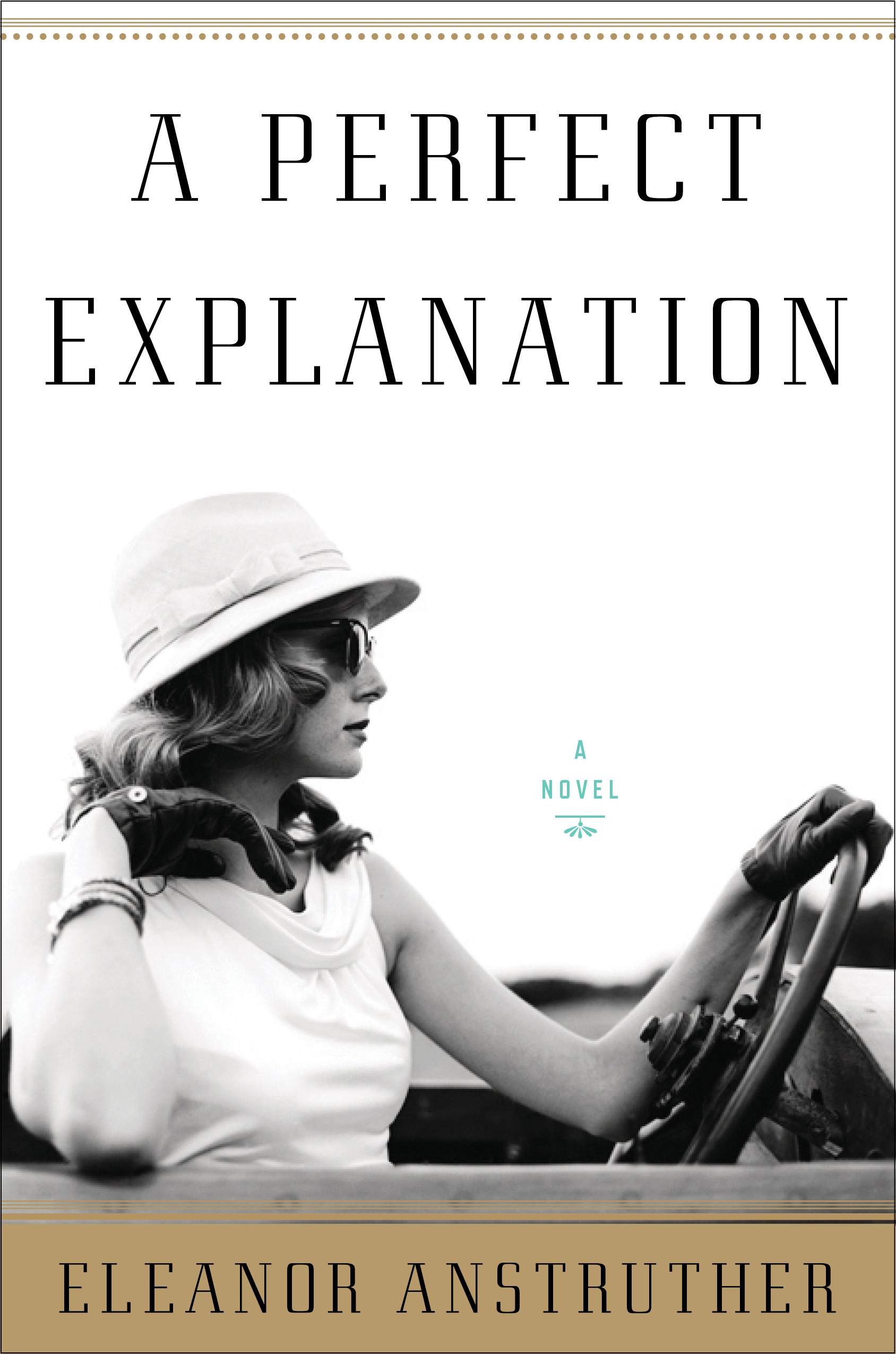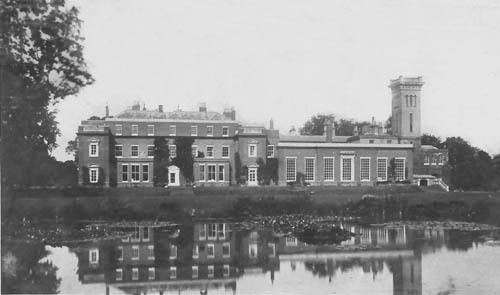What do you think?
Rate this book


320 pages, Hardcover
First published March 15, 2019
Aptly for this most viscerally inward-looking of texts, we spend a great part of it closeted with Enid, alone. Her mind, pinched between ignorance and incapacity, is not an easy space to share but Anstruther paces this little room precisely, punctuates cerebral intensity with momentous action, the internal monologue with scintillating dialogue, and the dark inroads of this soul with episodic diversion.The novel is a fictionalised version of a true, but bizarre, story from Anstruther's family - her aristocratic grandmother, Enid Campbell, granddaughter of the 8th Duke of Argyll sold her son, Anstruther's father, to her own sister. See: https://www.you.co.uk/why-an-aristocr...


 Dysfunction among the upper classes: A fictionalised family history captures the brutality of aristocratic tradition. Never give birth to a writer. And whatever you do, don’t let any of your children give birth to a writer. Leave a grandchild reckoning with the family skeletons and you run the risk of being assailed down the generations without a right of reply.
Dysfunction among the upper classes: A fictionalised family history captures the brutality of aristocratic tradition. Never give birth to a writer. And whatever you do, don’t let any of your children give birth to a writer. Leave a grandchild reckoning with the family skeletons and you run the risk of being assailed down the generations without a right of reply.It was only Monday. She had a whole week to rouse herself. She could turn on the taps in the bathroom and pretend to be having a bath while lying on the floor and staring at the ceiling. Then she could go back to bed again, her thoughts covered with gauze, a bandage stuck with exhaustion and tiny hands, a white blaze of nothing through which she couldn't see and didn't want to.
It's like a fashionable craze, having to be simply tremendous with one's offspring. My parents were distant mountains I had no inclination to climb. I had no problem with it.